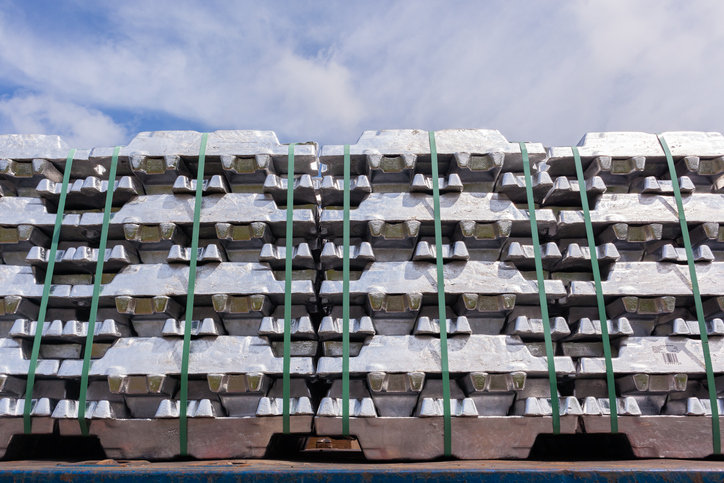
“Aluminum’s pricing in the overall cost of many finished products is vanishingly small.”
Earlier this week the Economic Policy Institute (EPI) released a report examining the effects of the Trump administration’s Section 232 tariffs on employment, production and investment in the domestic aluminum industry.
The report can be found here, and a press conference that discusses the findings can be viewed here. But hey, people are busy! Who’s got time to watch a 30-minute YouTube video, or read the details of an academic study? Not many of us, that’s who!
Well, I’ve got good news. You can cut to the chase and read this succinctly argued opinion, published Thursday in The Hill, by EPI's Rob Scott, who conducted the study.
“(S)ome groups that represent steel-intensive and aluminum-consuming industries remain vocal in their opposition to the tariffs. For years, these companies relied on artificially cheap inputs thanks to dumped and massively subsidized imports of both steel and aluminum. Now, they are objecting when America’s domestic producers are finally being given a level playing field.
“There are some egregious misunderstandings, though, as to the impact of the tariffs. But the real consideration is that aluminum’s pricing in the overall cost of many finished products is vanishingly small. That helps to explain why claims of adverse effects are so often wrong.”
Read the whole (short) thing here.
